The formula for the Legend of Zelda games is well-established. Without a doubt, the Wii was a force to be reckoned with in the casual gaming industry. With Nintendo’s focus on this lucrative new market, a move was made to slow down the pace and add gimmicks to all of their games. It’s safe to say that The Legend of Zelda: Skyward Sword will be a radical departure from the series’ established formula.
Now that the motion control craze has passed and Skyward Sword has received an HD remake, how does the redheaded stepchild of the Zelda franchise fare? Much of the original experience was broken because of all the prompts, instructional messages, reminders, and obnoxious character interruptions during the game’s course. As a result, the game allows the user to participate and get involved in the storyline.
While it does not seem to be much of a difference at first glance, it significantly impacts smoothing the flow and accelerating the scenario. Those who love The Legend of Zelda’s story and history will find that although some of the games have a rich undercurrent, Skyward Sword has the most minor depth and leans heavily on anime melodrama. Trying to explain the roots of all famous Zelda imagery by serving as a precursor to everything in the mythology.

The world below the clouds is even more depressing since the sky serves as a glorified level selection screen for the game’s many difficulty settings. While The Legend of Zelda fans will recognize the woodland and volcanic sections, it’s the desert with a time-bending gimmick and sailing that stands out the most. As a result of Link often returning to the sky and then skydiving to different places, the planet becomes fragmented and alienated. The motion controls and fighting remain the primary draws of Skyward Sword.
Chicory: A Colorful Tale Review – Masterful Strokes
The goal was to use 1:1 swordplay and the same gimmicks for all of Link’s weapons to make the action as immersive and intuitive as possible. With just a few glitches, the gameplay of The Legend of Zelda: Skyward Sword has been successfully ported to the Nintendo Switch.
Gyroscopic drift is unavoidable while using joy-cons due to the lack of a sensor bar to center the controllers on. As far as I know, this is the only way to operate a camera in the portable mode of The Legend of Zelda: Skyward Sword.
There are many gimmicks in Skyward Sword, and picking and choosing which ones to use motion controls would have alleviated some of the game’s control problems. It’s a shame that Skyward Sword HD did not give gamers the option to select between using conventional controls or motion controls. As a result of these improvements, the presentation and animation are smoother and more engaging. The majority of the game’s assets are not terrible, but a few stick out for being very rudimentary.

The beginning town region in Skyward Sword has the most remarkable detail, and it is a place that is often visited, giving the impression that the world is tiny and artificial compared to it really is. Compared to Wind Waker, the graphics do not stand up as well, but the characters and environment are more genuine.
Mario Golf: Super Rush Review – A Rushed Bogey
The most important thing is that the game’s core remains intact and that the overall experience has been enhanced, despite hundreds of faults in the game’s heart. The most vital points are exploring dungeons, tinkering with tools, and solving riddles in Skyward Sword HD. The majority of them are completely pointless and only work with a single game. Before the game was released, Skyward Sword HD’s amiibo became very scarce and costly.
The 35th anniversary of The Legend of Zelda: Skyward Sword is commemorated in the HD re-release of the game. Skyward Sword is a decade old as of the time of this review, yet it’s still being sold for the astronomical price of $59.99. There are nice upgrades, but these are the bare essentials for a game reissue from a decade ago.

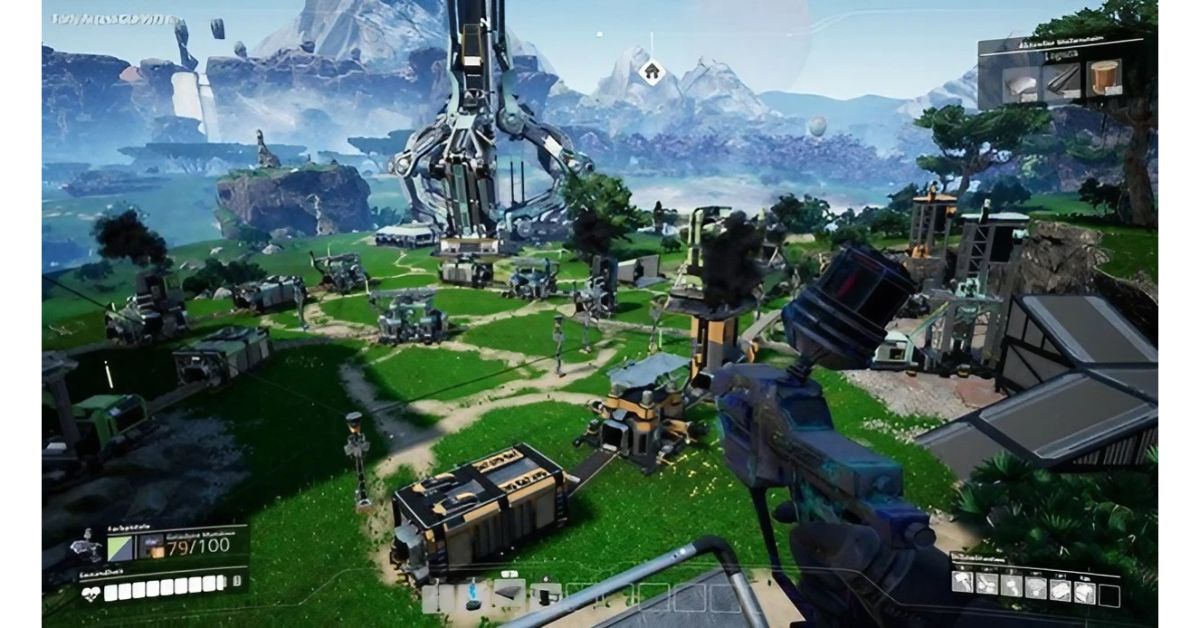

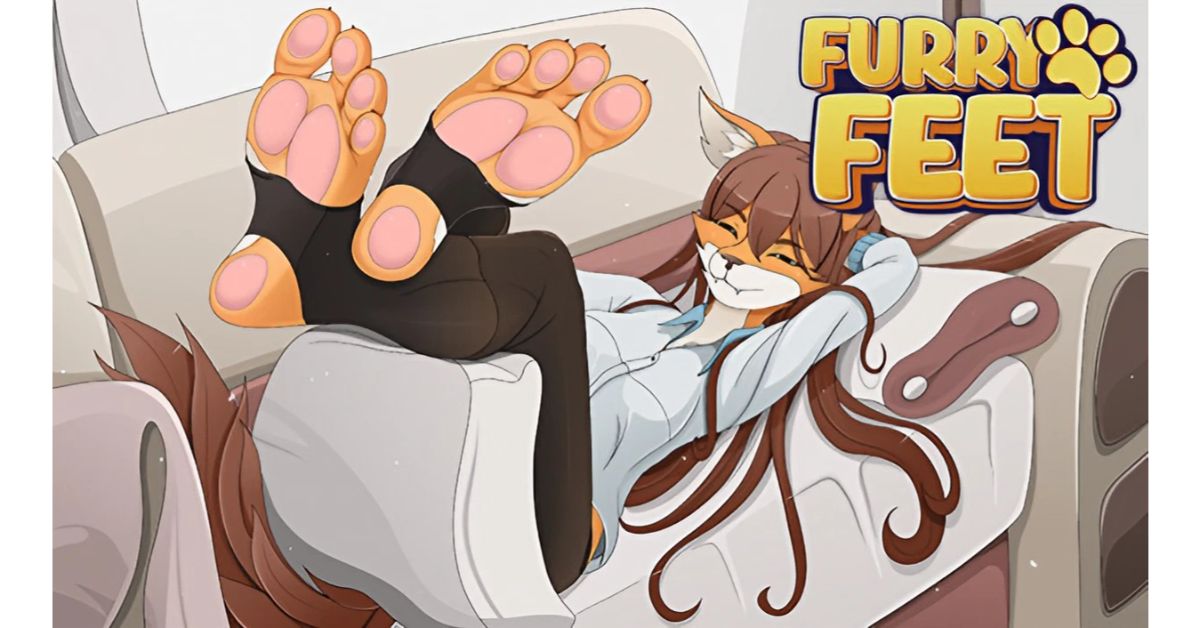

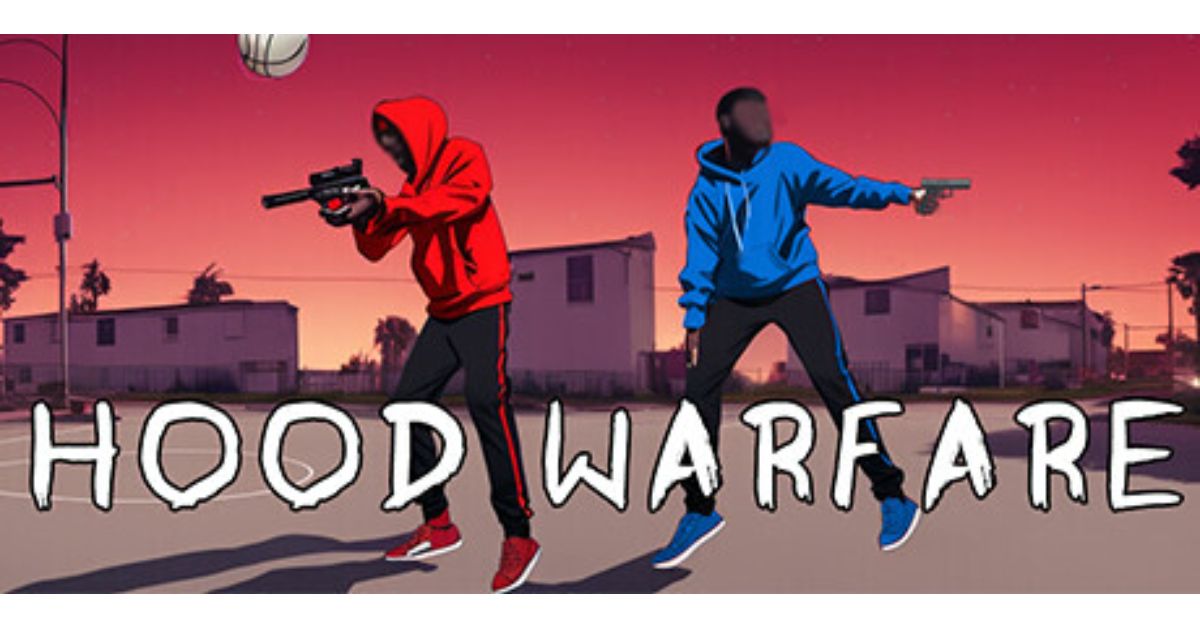
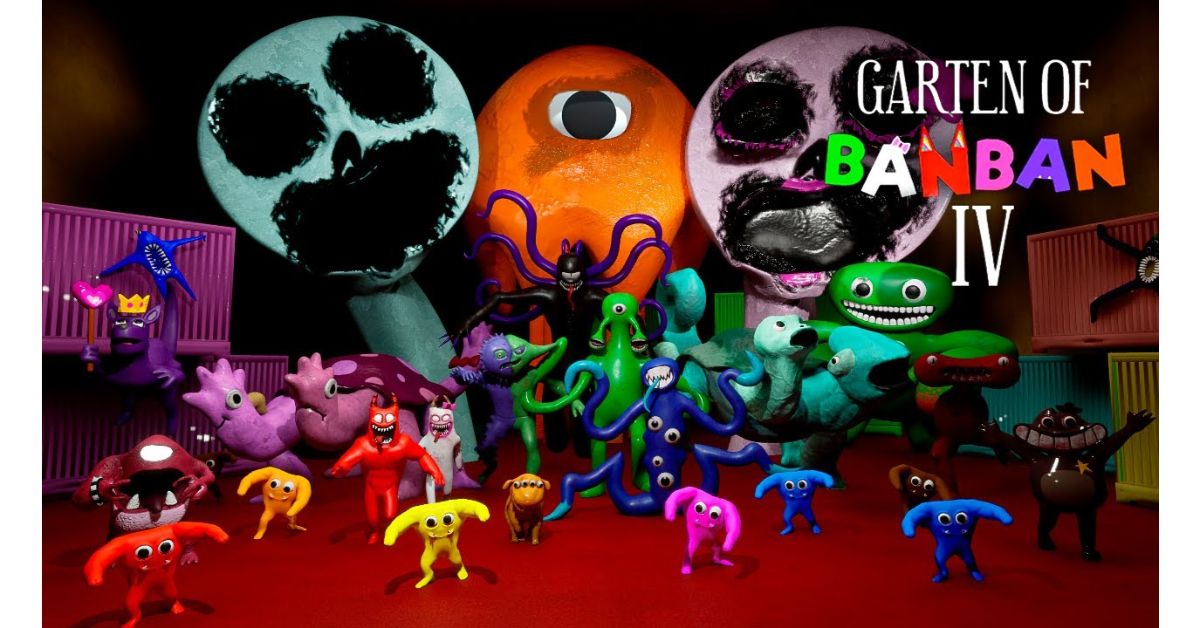
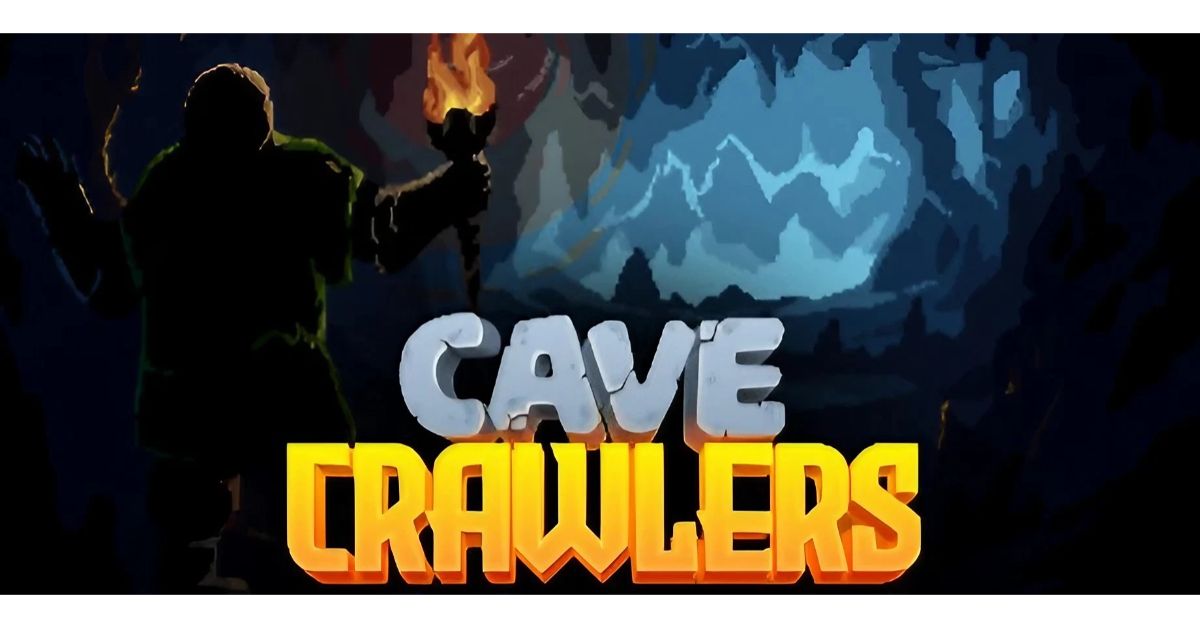
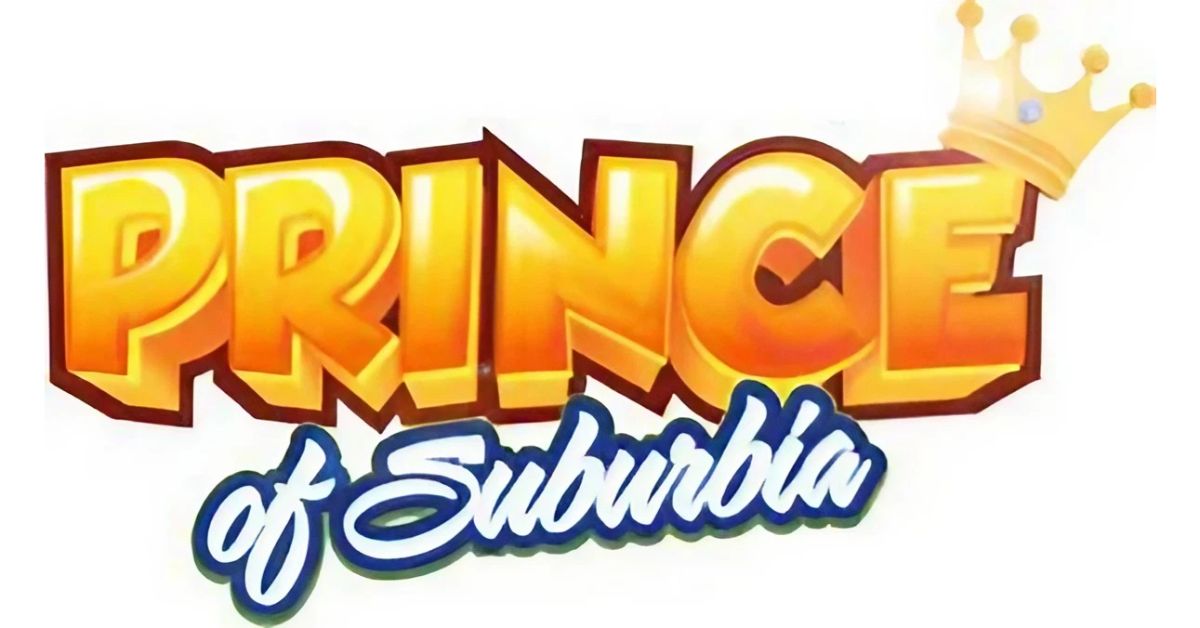



Leave a Reply